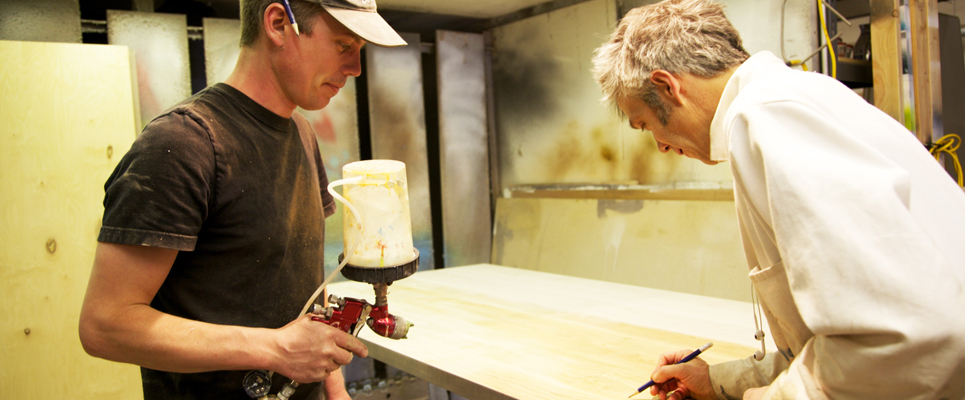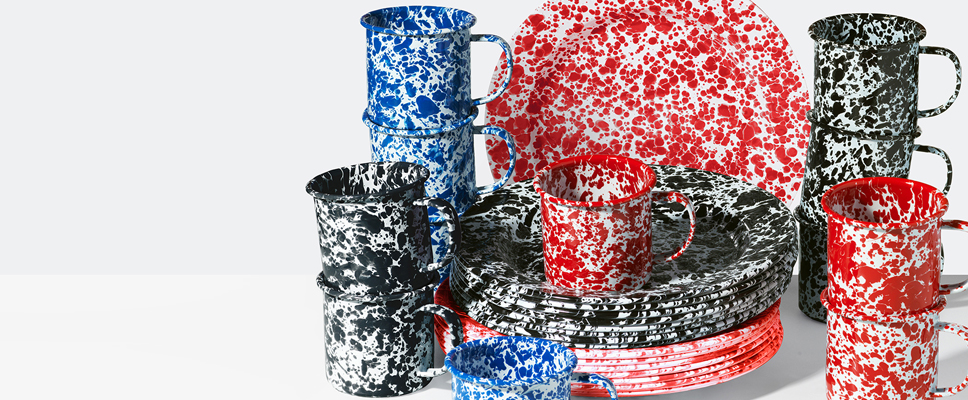For anyone who has ever gazed at the night sky and outlined the forms of constellations in your mind’s eye, you’ve already begun to experience the quintessentially Finnish art form known as a himmeli.
Originally crafted as Christmas decorations, the first himmeli—a Finnish adapted name derived from the Swedish words for sky or heaven—were created centuries ago by Finnish peasants. At the time, women in small villages expertly threaded lengths of straw to form decorative geometric shapes reminiscent of the constellations, or of what some believed to be signs from heaven.
Once complete, the himmelis were hung above the festive meal table at Christmastime, decorating the inside of the villagers’ tupas or log homes.
“By their ordered nature, these balanced constructions invoke the image of cosmic constellations that suspended and slowly moving in regulated courses, make rhythmic patterns in the sky, impelled to do so by an unseen will. The celestial connection is not fortuitous: it is believed that himmelis were inspired by the story of the appearance of the glittering star that announced the birth of Christ.” *
In the 1950s, artist Saara Hopea-Untracht began crafting numerous himmelis, “as these constructions well suited her propensity for geometric design forms.” *
And her standout pieces influenced Unison’s own Alicia Rosauer in creating our himmeli pattern.
Set on versatile gray, our table and kitchen linens are as festive for the holidays as they are ready for spring, summer, or fall. And stain-resistant cotton sateen keeps messes at bay, leaving the himmeli pattern at center stage.
Over the years, different artisans have put their own spin on the making of himmelis. Some have mixed the time-honored form with modern-day materials, such as the Prisma pieces in our current collection, which could hang above any table or stand alone as a piece of art.
Whether you believe in the himmelis’ mystical powers, as did the Finnish villagers of old, or are simply captivated by the rich history and striking, airy geometry of these many-faceted shapes, a splash of himmeli design is sure to add a new dimension to your home.
* Source: Saara Hopea-Untracht: Life and Work. Written by Oppi Untracht 1988 ISBN 951-0-14377-4




































